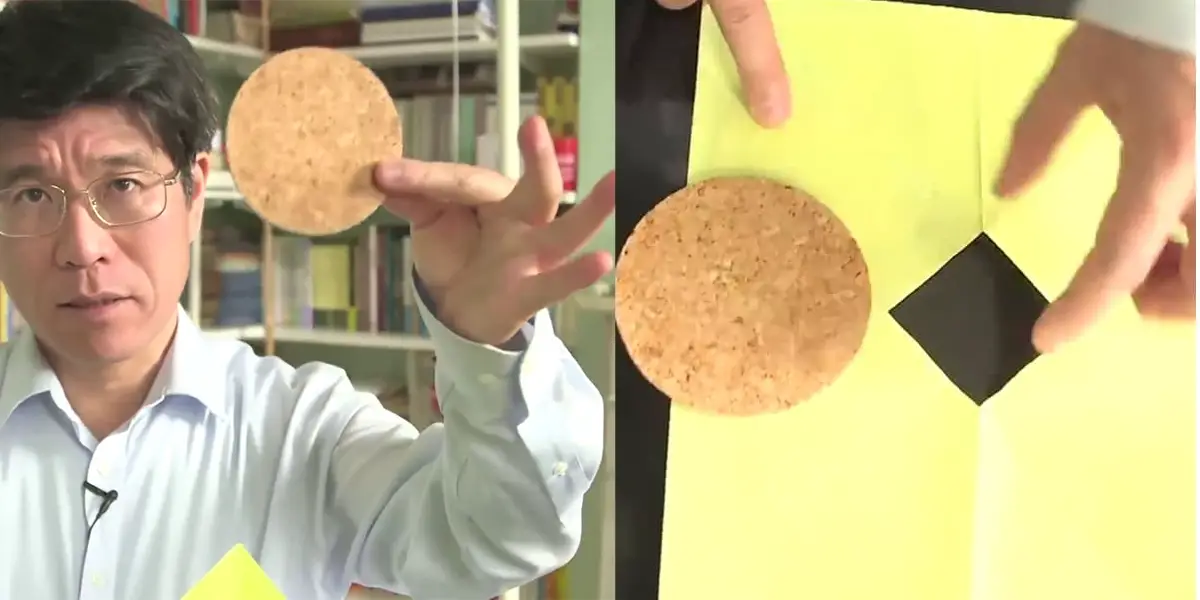This Guy Can Fit A Round Peg Through A Square Hole
Tags: opinion

We have always thought about this problem- can anyone push a round peg through a square hole? Well, Tadashi Tokeida can, actually. In this video, he talks about how he did it- bringing forth various notions about dimensions, Pythagoras’ Theorem, and other mathematical principles that you need to brush up again. And no, it isn’t easy, or something that would make you go ‘Oh how did I not think about this!’ The entire scenario will prove a testament to what mathematics can actually prove- making seemingly impossible tasks possible. With his quirky graphics and friendly voice, Tokeida will take you through the entire process- providing interesting snippets at every turn.
How Does Tadashi Tokeida Solve It?
First, he takes a piece of paper with a diamond-shaped hole in the middle- the diagonals of which measure less than the diameter of a coaster in his hand. It is evident that the round peg or coaster in this situation wouldn’t pass through in any way. And then he pulls off a doozy- he takes the paper and folds it into a ‘mysterious way’ which helps the coaster slide through easily. Mind you, he doesn’t rip or tear the paper in any way. He mentions how the entire trick can be pulled off by interplaying the connection between the apparent two-dimensional nature of the paper (and the square-shaped hole inside) with the three-dimensional ambience the sheet exists in. Interesting, isn’t it?
What is The Maths Behind It?
When he folds the paper like most of us do, he shows us how the diagonals of the square are much smaller than the coaster- hence it is nigh on impossible for the coaster to pass through. Next, he takes the same sheet and begins twisting it from the sides- carefully enough to shred it or rip it. As he twists it, the height of the sheet starts increasing as it uses ambient three-dimensional elbow room. He twists until the two sides of the figure get aligned in a straight line. After the two sides have completely aligned themselves into a straight line, he squashes the part of the paper that had risen up, and creases it with the rest. In order for the experiment to function completely, he also shifts the sides, so that the gap thus created becomes bigger- enough for the coaster to slide through.
Hey, are you on Instagram? Check out the official Truth Theory Instagram page HERE, we upload new content every day.
And now we come to the geometric part of the problem. The hole the coaster slides through is not the diagonal, but rather the sum of the two sides that got aligned. Now, imagine the diagonal creating two right-angled triangles. We know that in this case, the Hypotenuse would be the square root of the squares of the two equidistant sides. But the sum of the two sides would be approximately 40% more. And that 40% gives us the length we need for the coaster to pass through.
The only way anyone would be able to fit a round peg in through a square hole smaller than it would be if they decided to use 3D. Once the ambient three-dimensional space is used, the sum of the two sides gets bigger than the diameter- enough for the round peg to fit through.

Leave Comment: